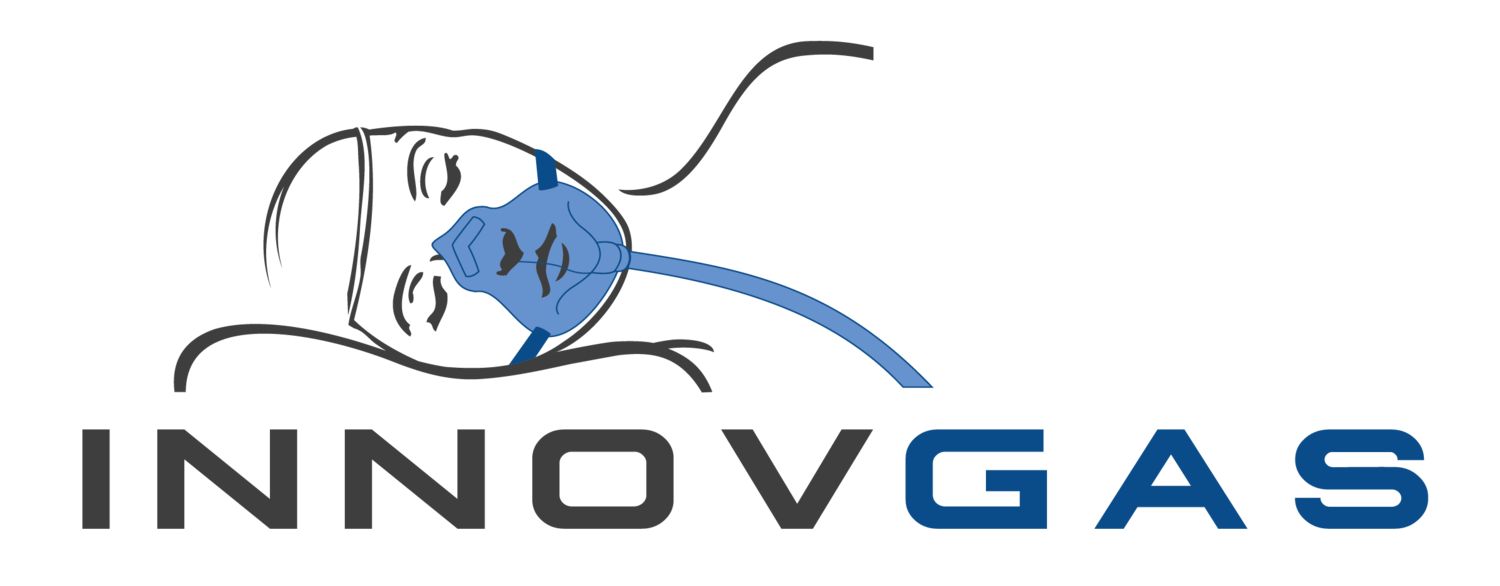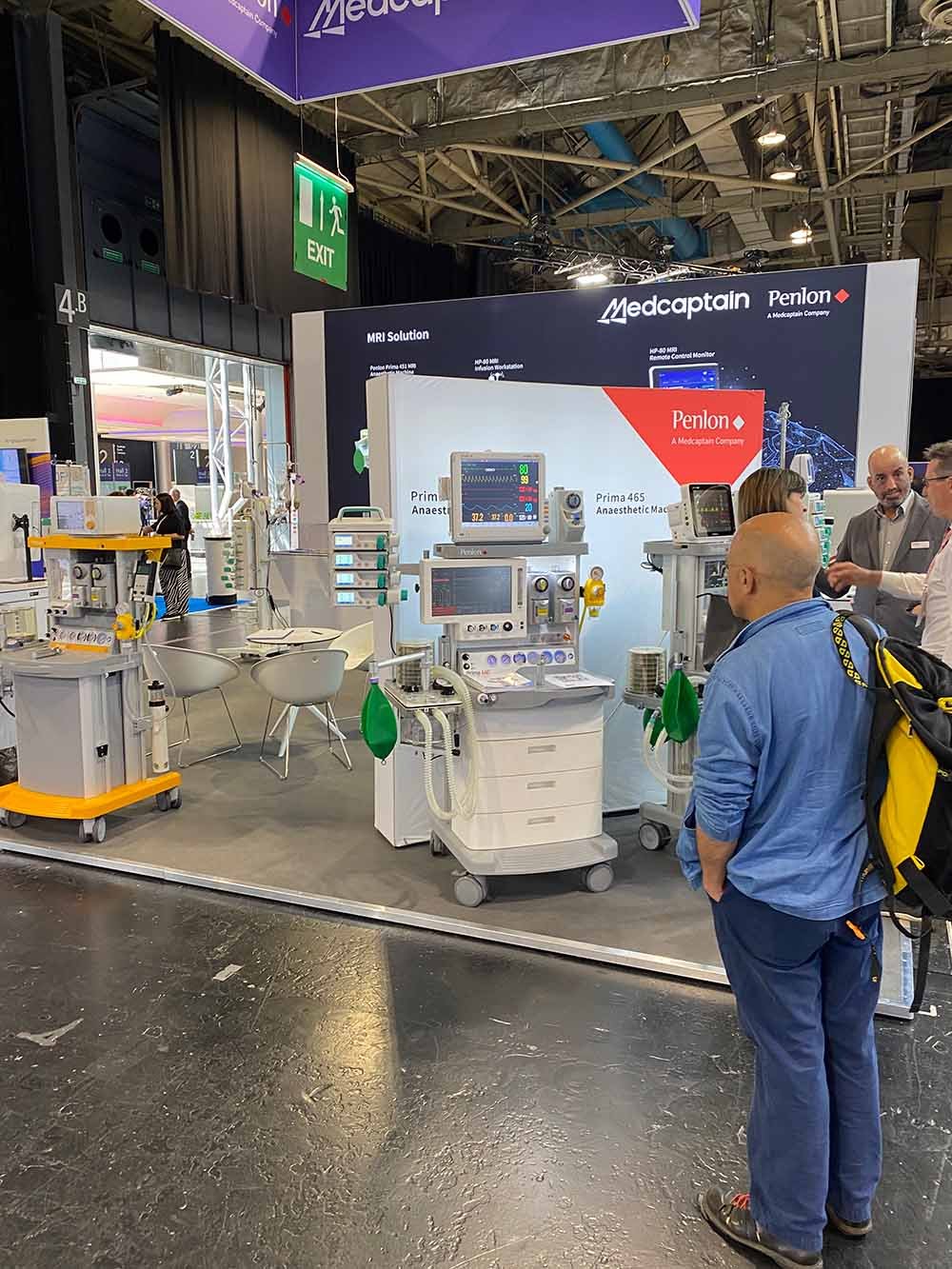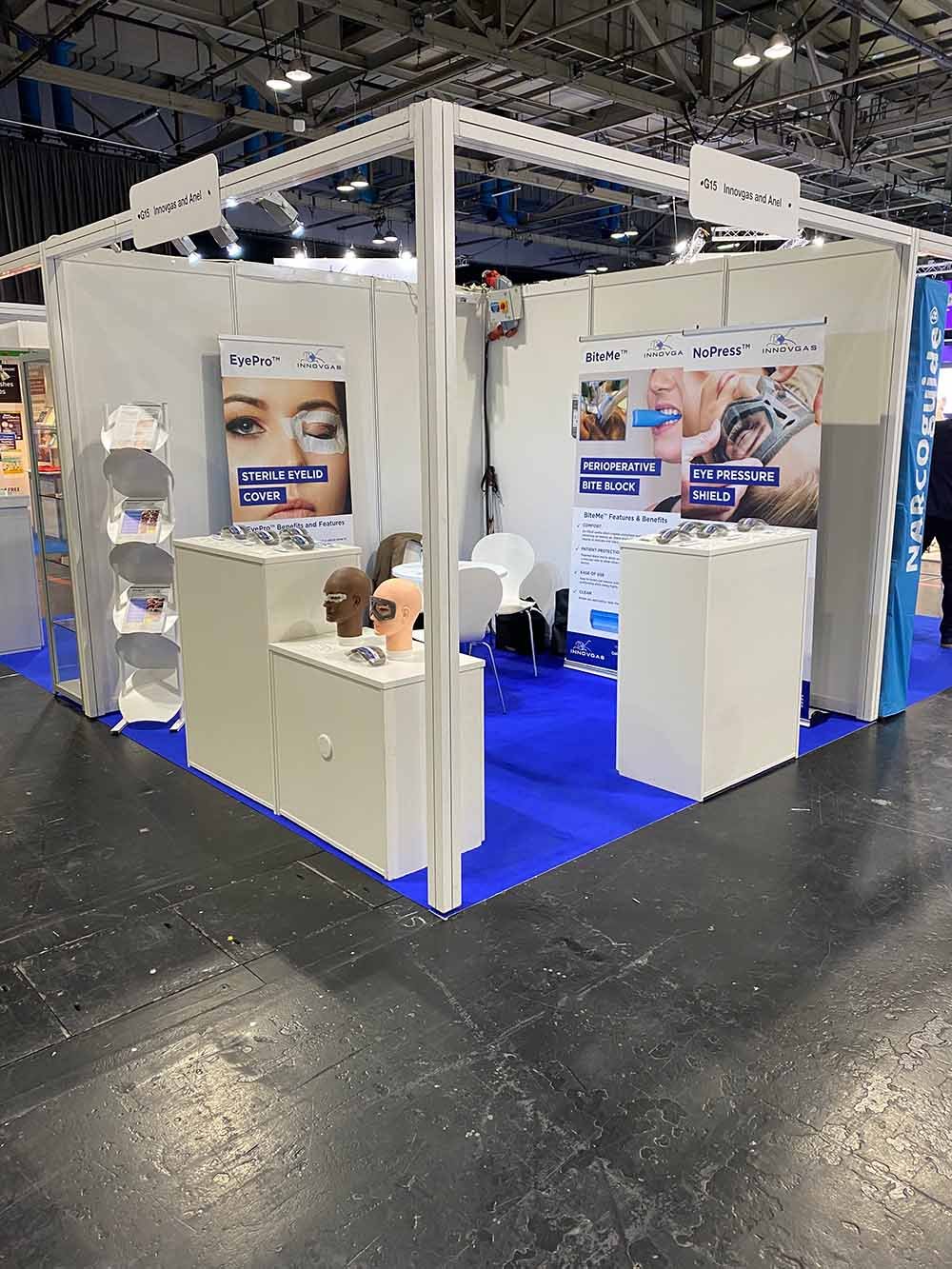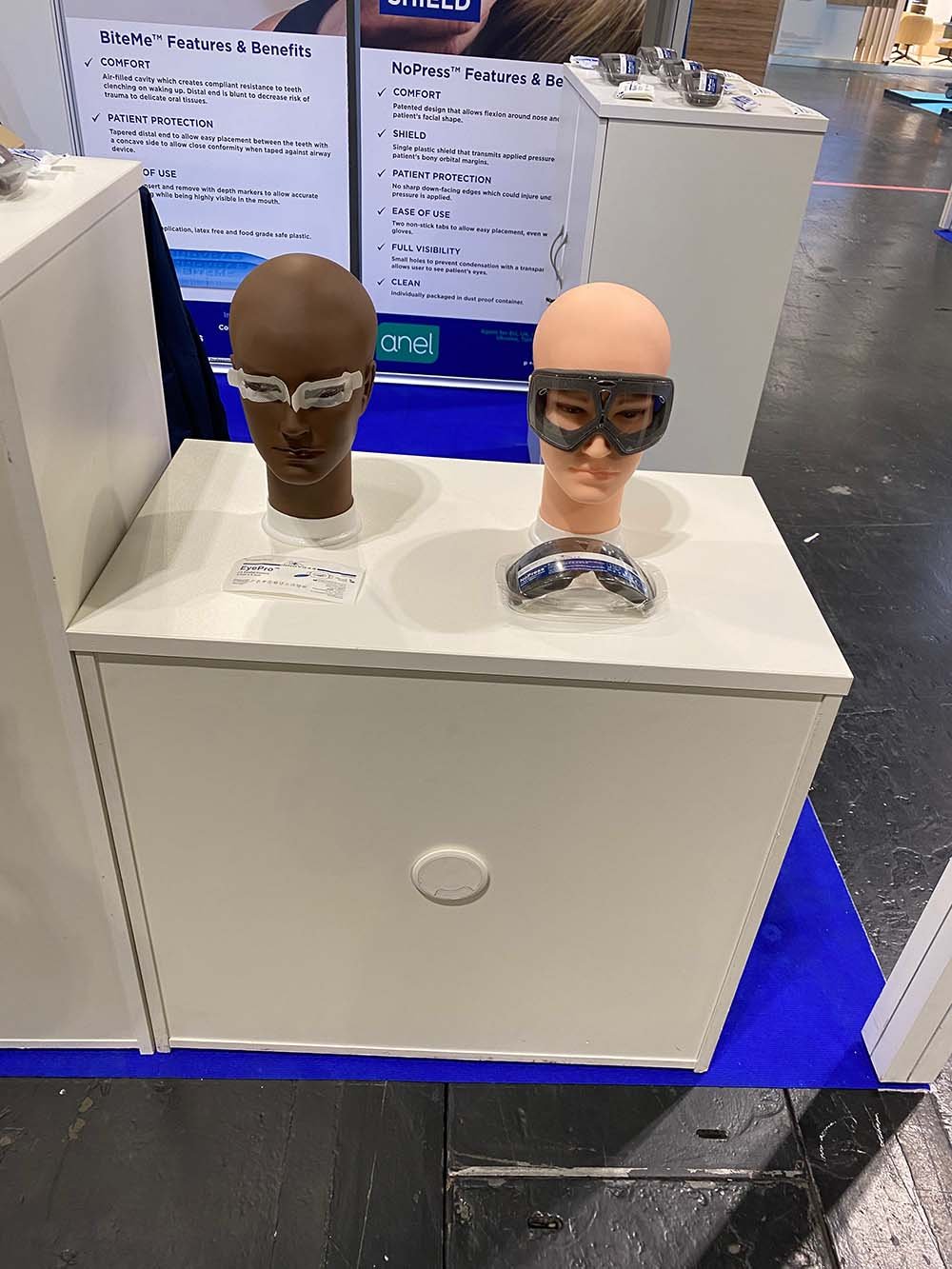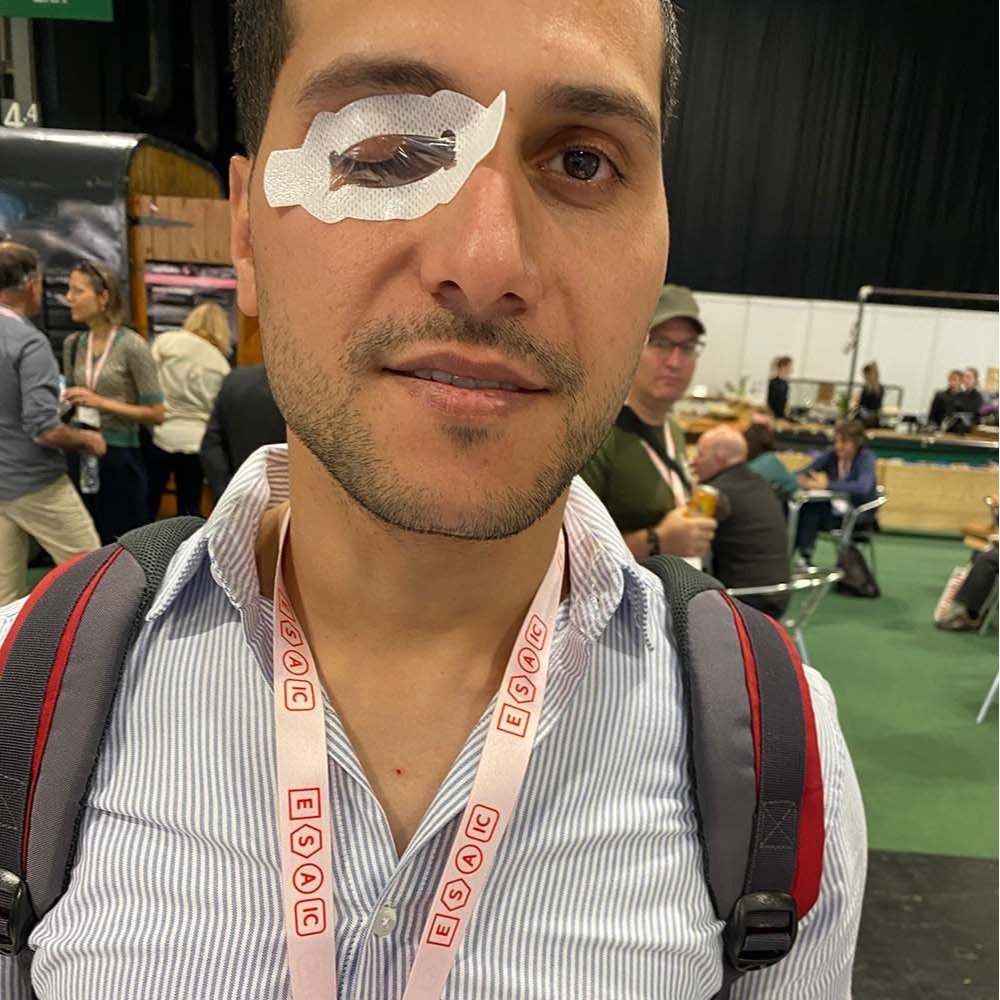Wrapping up Euroanaesthesia 2023 Glasgow
Should auld acquaintance be forgot…
No dear reader, it’s not a blog about new years eve in the middle of summer. The European Society of Anaesthesia and Intensive Care rolled into Glasgow, Scotland for the 2023 meeting. ESAIC or Euroanaesthesia is the leading European Organisation for Anaesthesia, Intensive Care, Pain, and Perioperative Medicine. Euroanaesthesia is recognised worldwide as one of the most important and influential annual congresses in anaesthesiology and intensive care. Euroanaesthesia is truly an outstanding international platform to enhance knowledge, review innovative techniques, learn new guidelines, and communicate, collaborate, and network with a large international audience.
Glasgow is the largest city in Scotland and the third largest in the United Kingdom. It is located on the river Clyde in the west of the country. Glasgow has a long and rich history, dating back to the Roman times, when it was a settlement on the Antonine Wall.
The city's history is closely linked to the development of industry, especially in the fields of shipbuilding, engineering, textiles, and coal mining. In this blog post, we will explore how Glasgow became an industrial powerhouse and how it shaped the city's culture, economy, and society.
The origins of Glasgow's industrialisation can be traced back to the 18th century when the city benefited from its strategic location on the river Clyde and its access to trade routes with Europe and America. Glasgow's merchants and manufacturers invested in modern technologies and innovations, such as steam engines, cotton mills, and ironworks, which boosted the city's productivity and output. Glasgow also became a major centre for the tobacco trade, which brought wealth and prestige to the city.
The 19th century saw Glasgow's industrialisation reach new heights, as the city became a world leader in shipbuilding and engineering.
Glasgow's shipyards produced some of the most famous vessels in history, such as the Cutty Sark, the Lusitania, and the Queen Mary. The city also excelled in other branches of engineering, such as locomotives, bridges, and machinery. Glasgow's industrial achievements earned it the nickname of "the Second City of the Empire" and attracted migrants from all over Scotland, Ireland, and beyond.
However, Glasgow's industrialisation also brought challenges and problems to the city. The rapid growth of population and industry created overcrowding, pollution, poverty, and social unrest. Glasgow faced many health issues, such as cholera outbreaks, poor sanitation, and high mortality rates. The city also witnessed political and religious conflicts, such as the Radical War of 1820, the Irish Home Rule movement, and the sectarian divide between Catholics and Protestants.
Despite these difficulties, Glasgow's industrial heritage also fostered a vibrant culture and a strong sense of identity among its citizens. The city developed a rich artistic and literary scene, with figures such as Charles Rennie Mackintosh, Robert Burns, and James Kelman. The city also became known for its music, sports, humour, and dialect. Glasgow's industrial legacy is still evident today in its architecture, museums, festivals, and landmarks.
This year’s Euroanaesthesia was enthusiastically opened by a pipe band as you would expect being in Scotland and proved to be an engaging and educational congress. There were over 3,500 attendees, 104 participating societies and industry companies, 120 scientific sessions, and 18 learning tracks including general anaesthesia, neuroanaesthesiology, respiration and airway management and perioperative medicine to name but a few.
76 companies participated in the exhibition in Glasgow.
This included some giants in medical equipment such as Philips, Medtronic, Getinge and Mindray. And yes, we were there along with our European partner Anel. We had a simple but professional booth with exhibition panels promoting our products, lots of samples and sales literature. Vicki Gillespie our CEO and I worked on the booth, and it was great to have our colleague Doru from Anel working alongside us. We also had 2 new colleagues with us to demonstrate our products. They did a wonderful job creating interest and attracting delegates to our booth. Everyone sold our products with great enthusiasm. Selling EyePro, NoPress and BiteMe direct to customers really does invigorate your belief in these products and the value they bring to patients and anaesthetists.
Over 150 delegates from 42 countries visited our exhibition booth. We provided 500 EyePro, 100 NoPress and 100 BiteMe to delegates.
From a European perspective 64 delegates were from 10 countries where we have a distributor presence. I am always pleased by the number and quality of the visitors to our booth. Around 90% of customers were practising anaesthetists. We all had in-depth meaningful discussions with each customer. There was real interest in all our products across the three-day meeting. It was a great privilege to showcase our products at a world class anaesthesia congress in one of the style capitals of the world. We left Glasgow knowing that EyePro, NoPress and BiteMe are truly valued by our customers and that they are helping keep patients safe during surgery and in the ICU in the 21st century.
Author: Niall Shannon, European Business Manager, Innovgas
This article is based on research and opinion available in the public domain.
Interested in a Free Sample?
Free samples of NoPress, EyePro & BiteMe available upon request.
Conditions apply.
